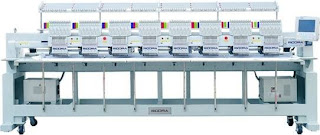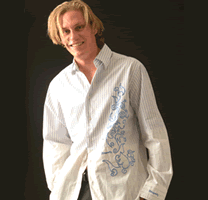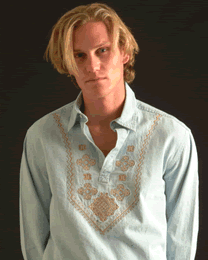Introduction
You can elect to recover all or part of the cost of certain qualifying property, up to a limit, by deducting it in the year you place the property in service. This is the section 179 deduction. You can elect the section 179 deduction instead of recovering the cost by taking depreciation deductions.
Estates and trusts cannot elect the section 179 deduction.
This chapter explains what property does and does not qualify for the section 179 deduction, what limits apply to the deduction (including special rules for partnerships and corporations), and how to elect it. It also explains when and how to recapture the deduction.
Useful Items - You may want to see:
Publication
537 Installment Sales
544 Sales and Other Dispositions of Assets
954 Tax Incentives for Distressed Communities
Form (and Instructions)
4562 Depreciation and Amortization
4797 Sales of Business Property
See chapter 6 for information about getting publications and forms.
What Property Qualifies?
Terms you may need to know (see Glossary):
Adjusted basis
Basis
Class life
Structural components
Tangible property
To qualify for the section 179 deduction, your property must meet all the following requirements.
It must be eligible property.
It must be acquired for business use.
It must have been acquired by purchase.
It must not be property described later under What Property Does Not Qualify.
The following discussions provide information about these requirements and exceptions.
Eligible Property
To qualify for the section 179 deduction, your property must be one of the following types of depreciable property.
Tangible personal property.
Other tangible property (except buildings and their structural components) used as:
An integral part of manufacturing, production, or extraction or of furnishing transportation, communications, electricity, gas, water, or sewage disposal services,
A research facility used in connection with any of the activities in (a) above, or
A facility used in connection with any of the activities in (a) for the bulk storage of fungible commodities.
Single purpose agricultural (livestock) or horticultural structures. See chapter 7 of Publication 225 for definitions and information regarding the use requirements that apply to these structures.
Storage facilities (except buildings and their structural components) used in connection with distributing petroleum or any primary product of petroleum.
Off-the-shelf computer software.
Tangible personal property.
Tangible personal property is any tangible property that is not real property. It includes the following property.
Machinery and equipment.
Property contained in or attached to a building (other than structural components), such as refrigerators, grocery store counters, office equipment, printing presses, testing equipment, and signs.
Gasoline storage tanks and pumps at retail service stations.
Livestock, including horses, cattle, hogs, sheep, goats, and mink and other furbearing animals.
The treatment of property as tangible personal property for the section 179 deduction is not controlled by its treatment under local law. For example, property may not be tangible personal property for the deduction even if treated so under local law, and some property (such as fixtures) may be tangible personal property for the deduction even if treated as real property under local law.
Off-the-shelf computer software.
Off-the-shelf computer software placed in service during the tax year is qualifying property for purposes of the section 179 deduction. This is computer software that is readily available for purchase by the general public, is subject to a nonexclusive license, and has not been substantially modified. It includes any program designed to cause a computer to perform a desired function. However, a database or similar item is not considered computer software unless it is in the public domain and is incidental to the operation of otherwise qualifying software.
Property Acquired for Business Use
To qualify for the section 179 deduction, your property must have been acquired for use in your trade or business. Property you acquire only for the production of income, such as investment property, rental property (if renting property is not your trade or business), and property that produces royalties, does not qualify.
































